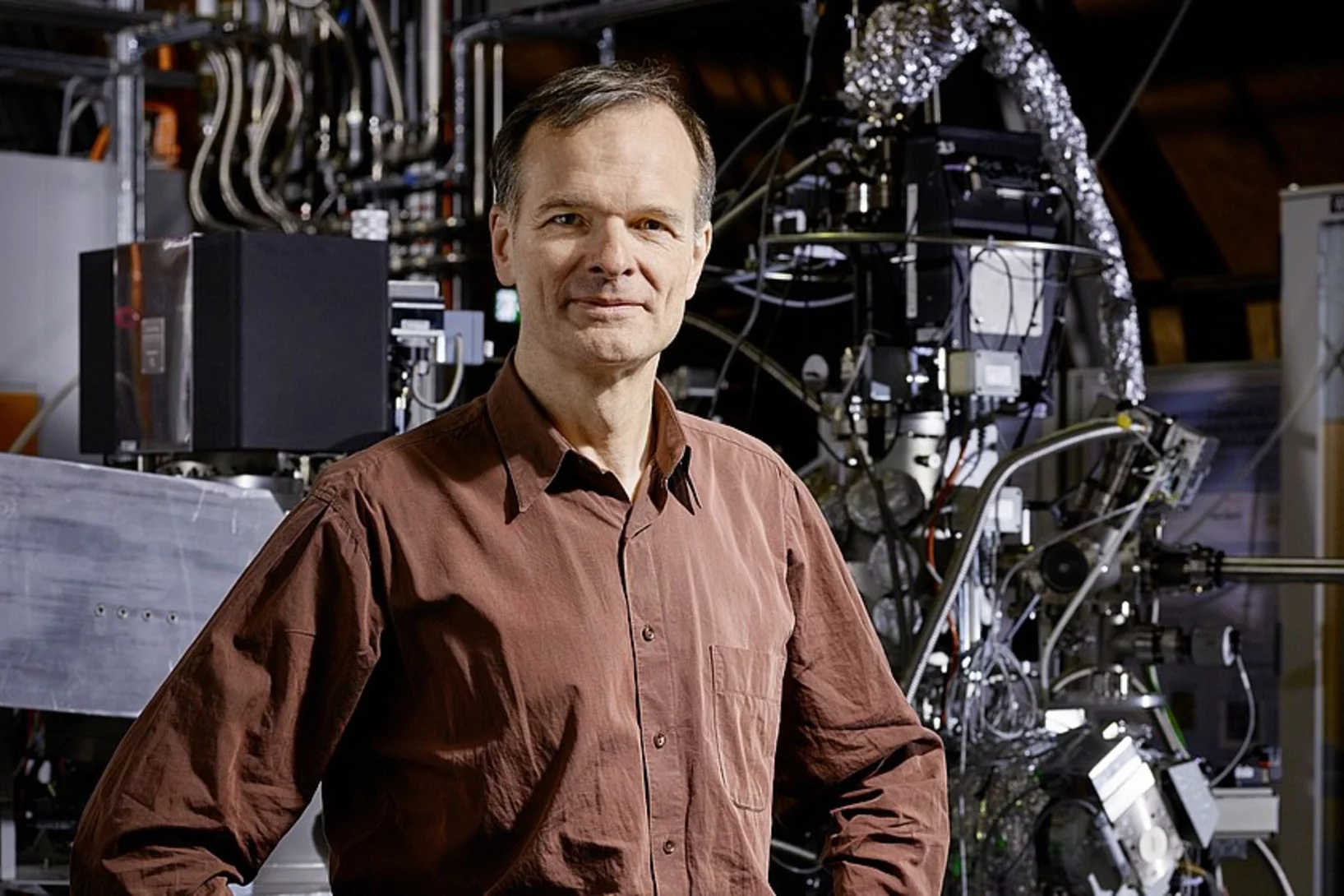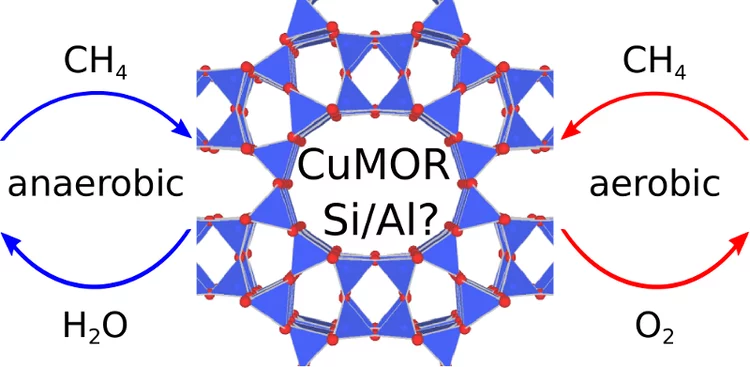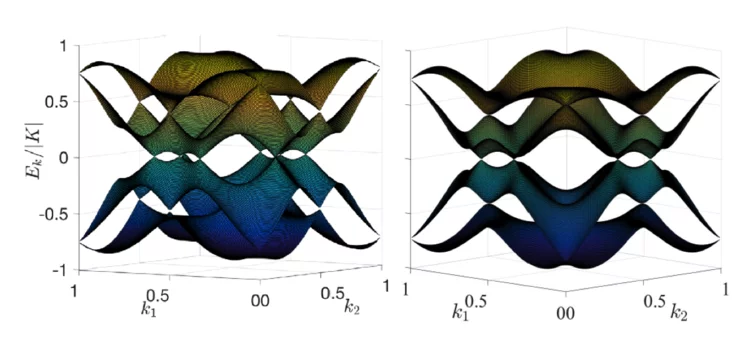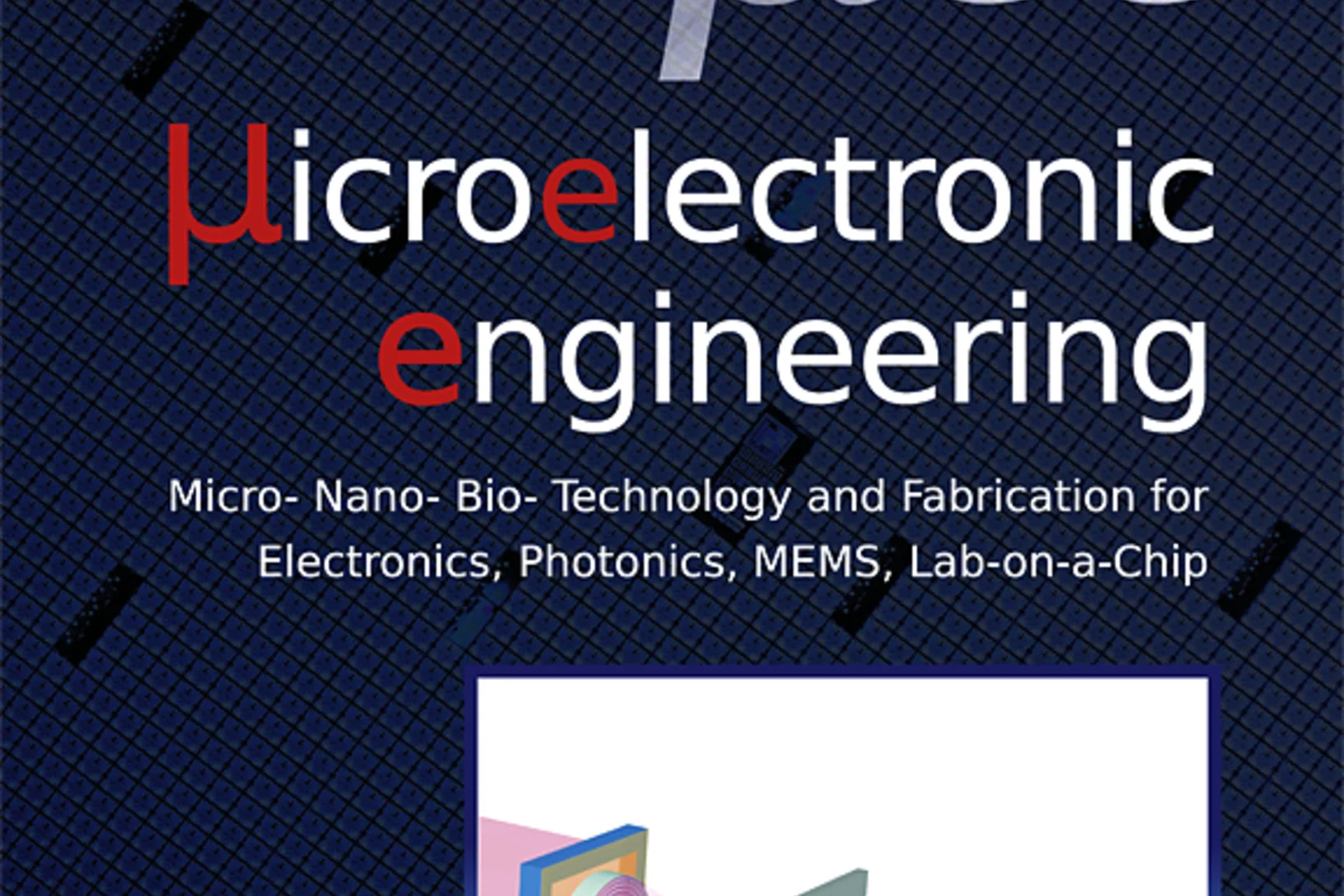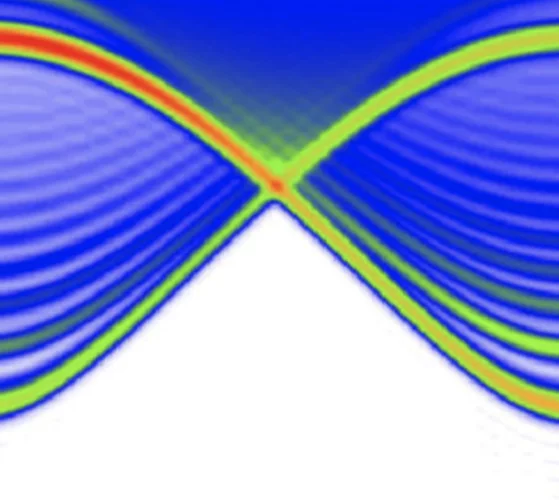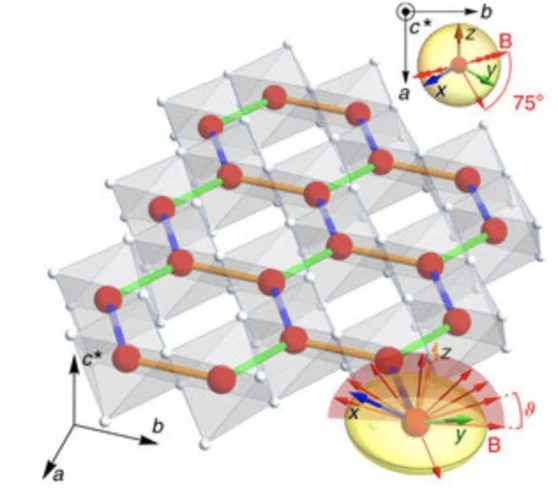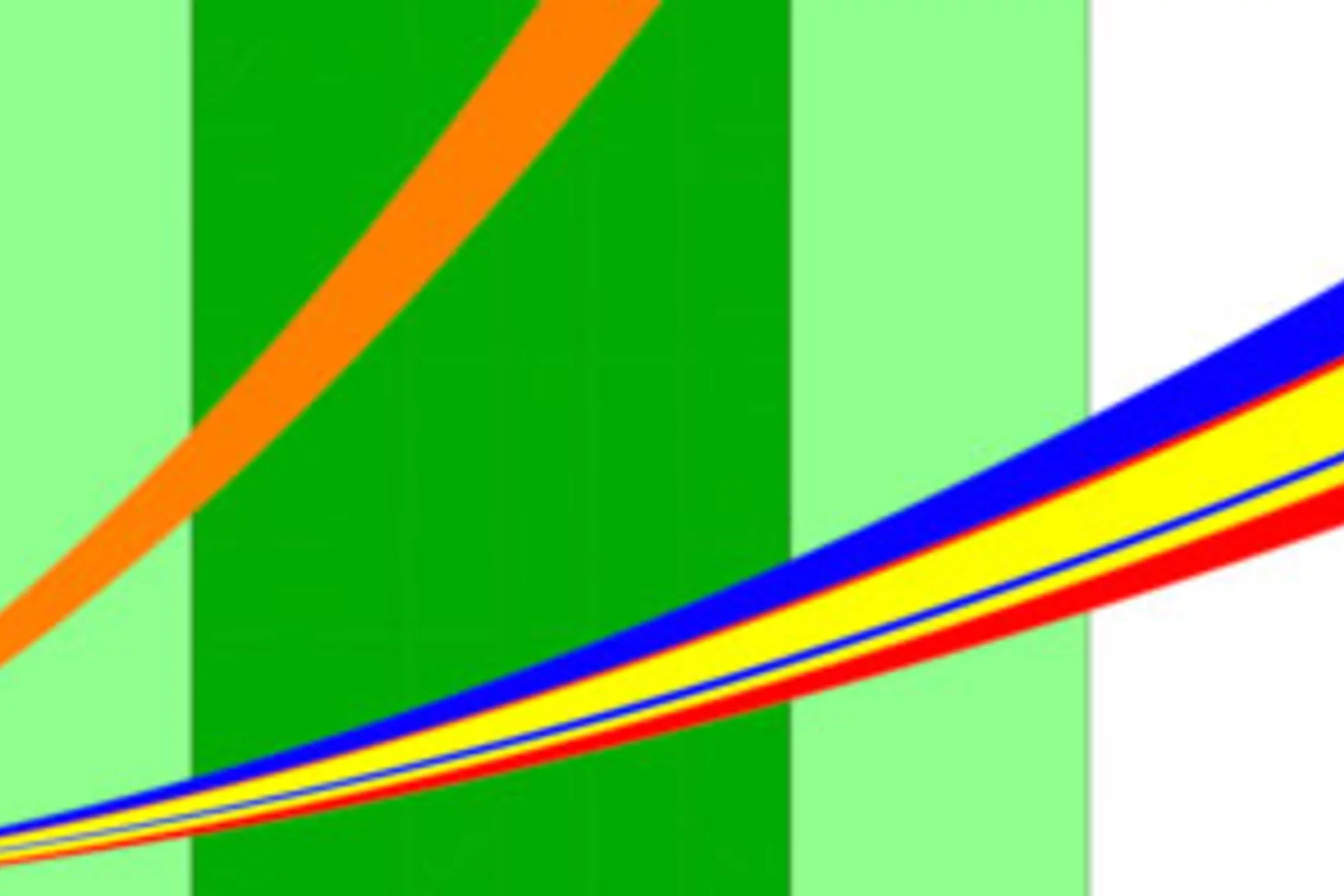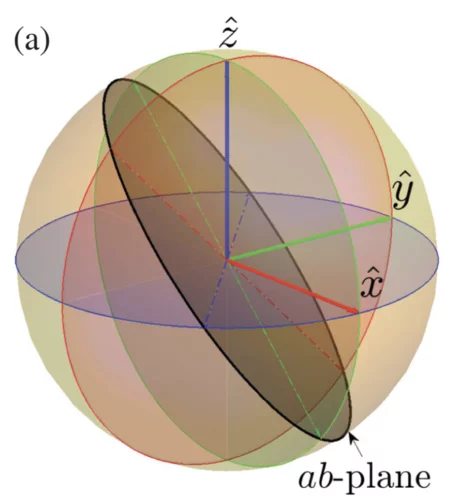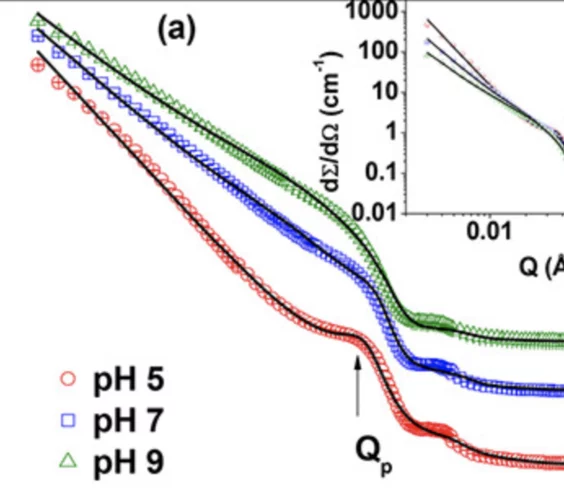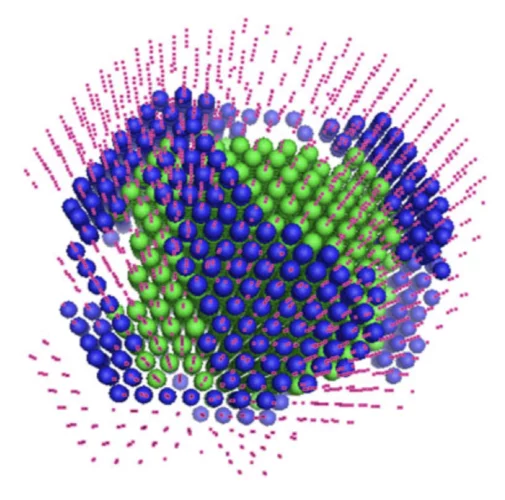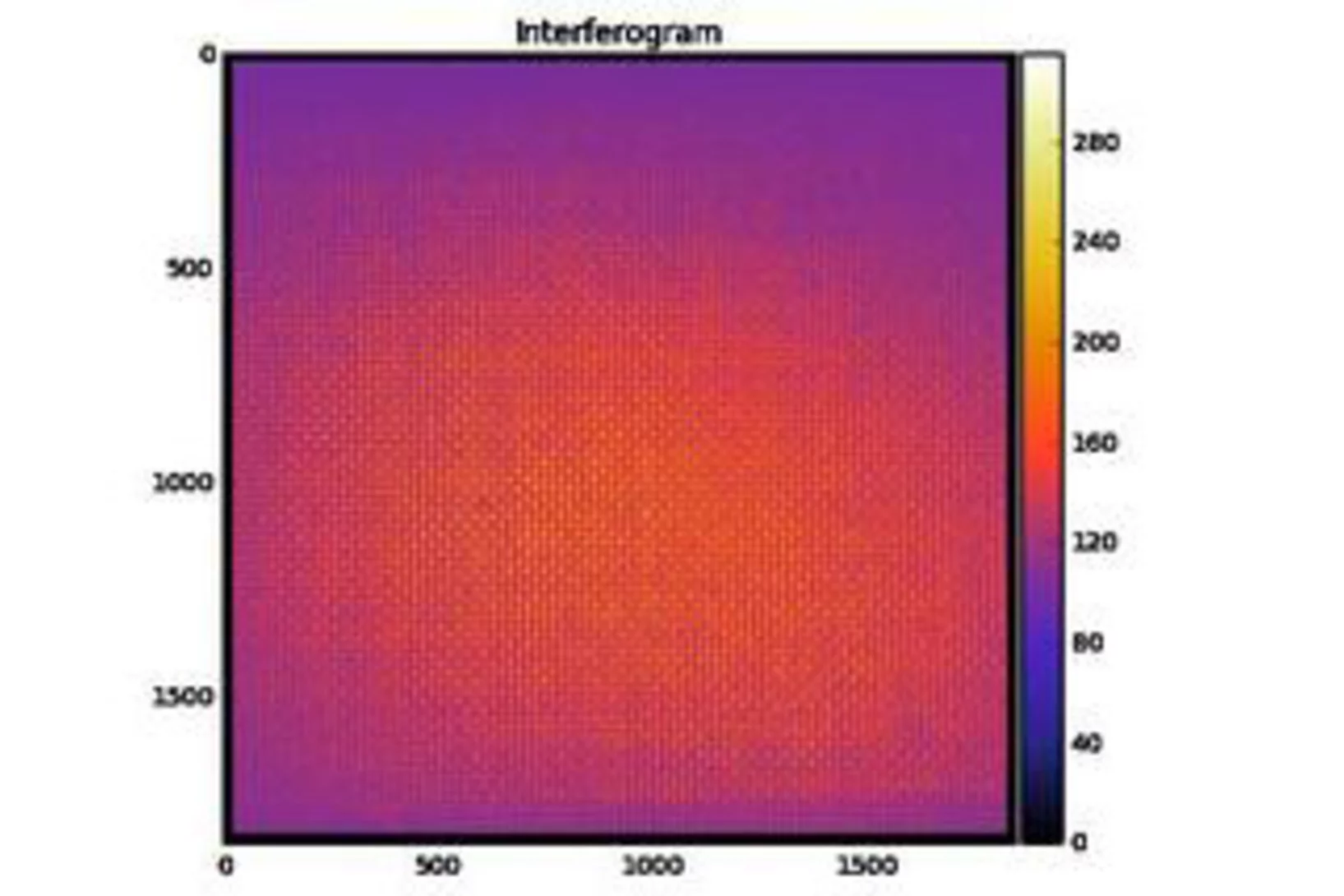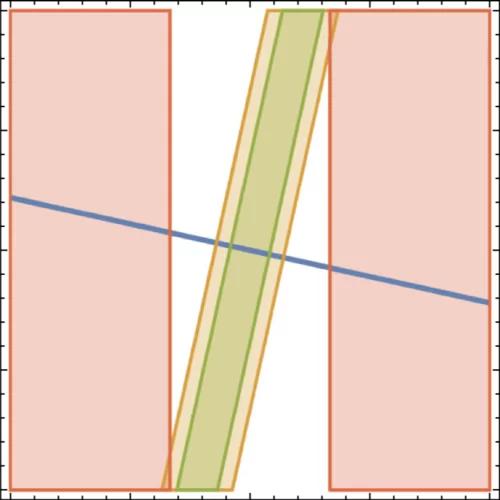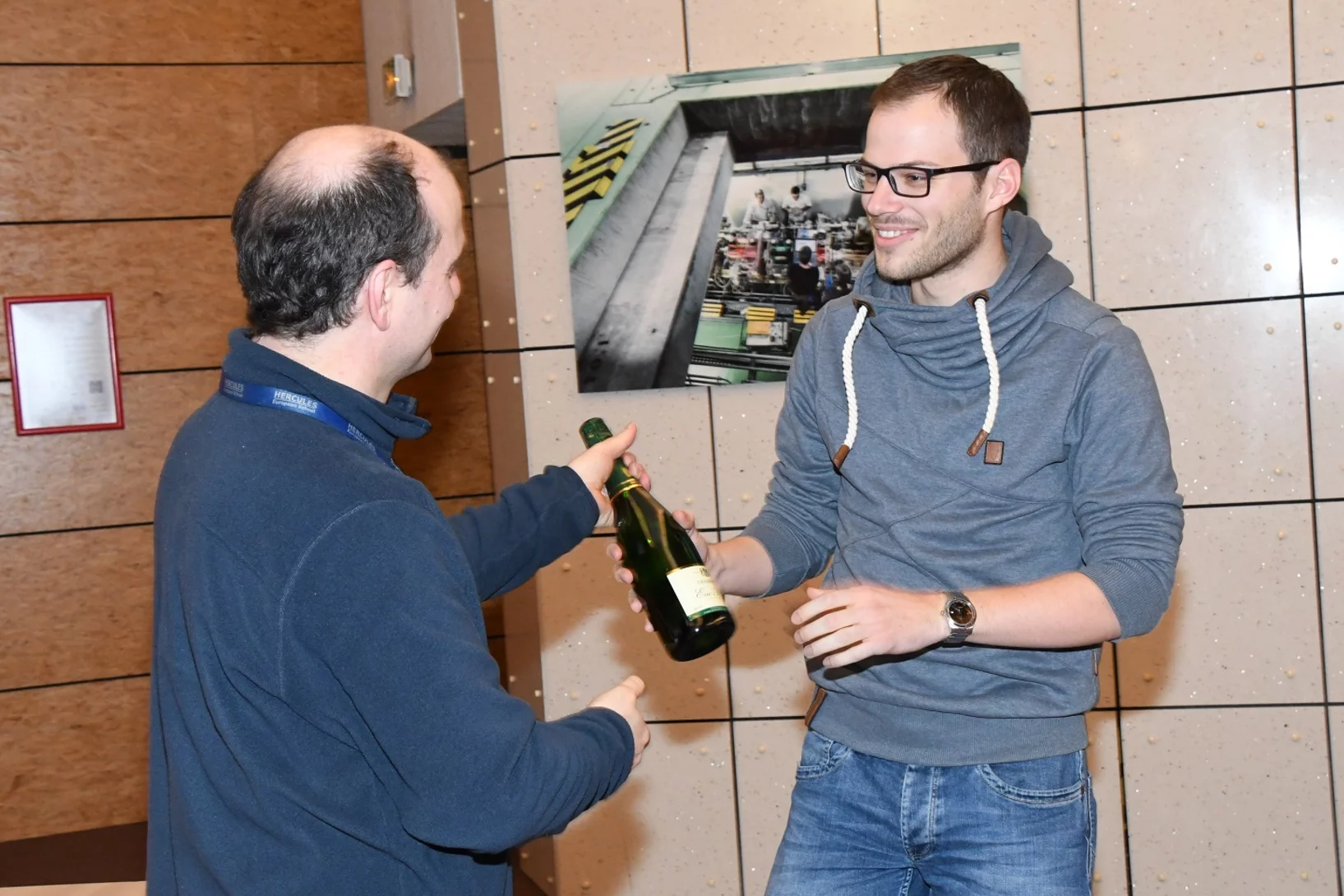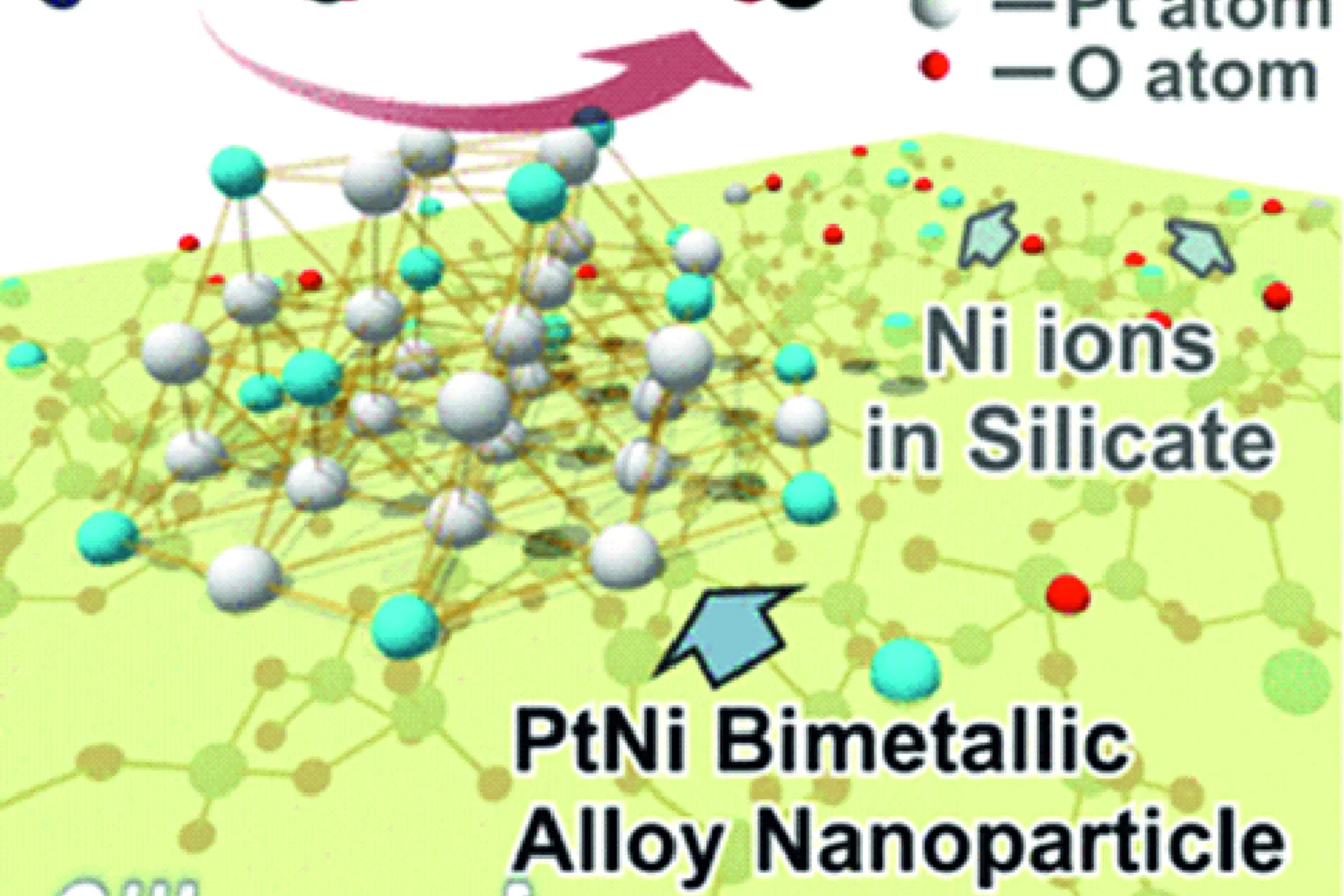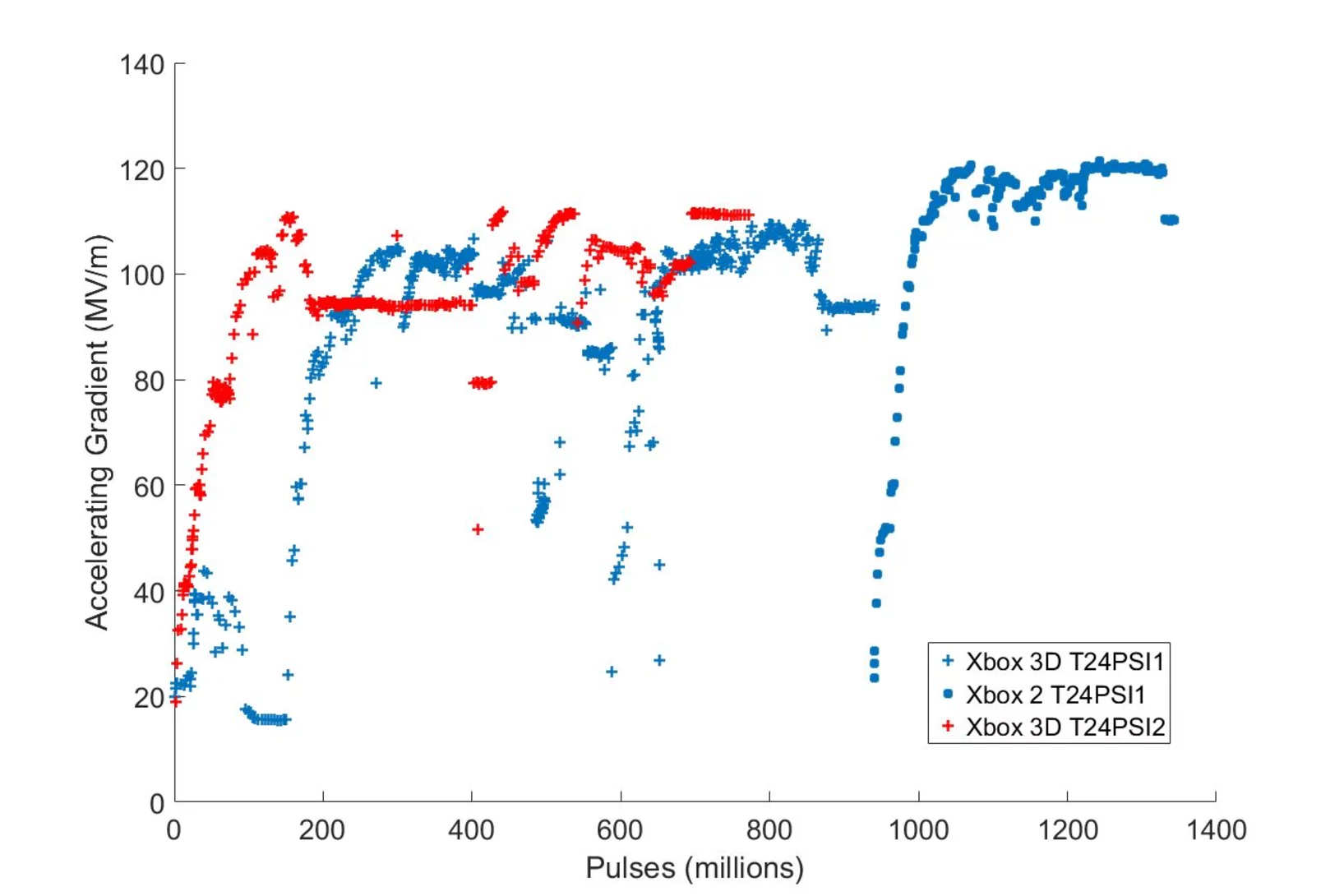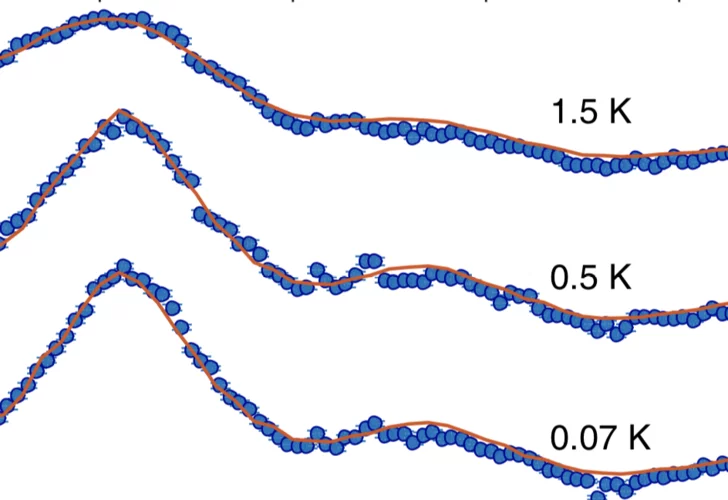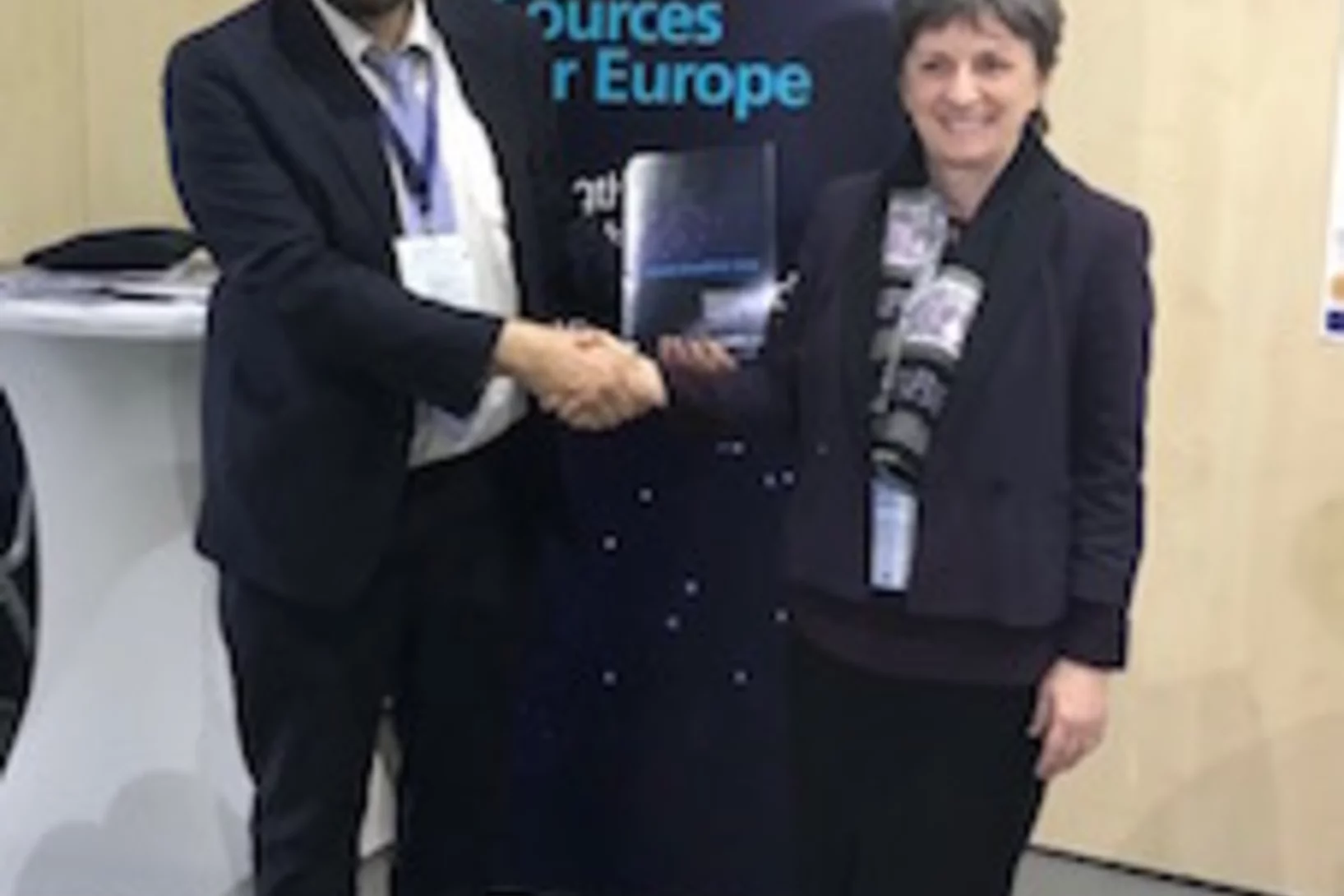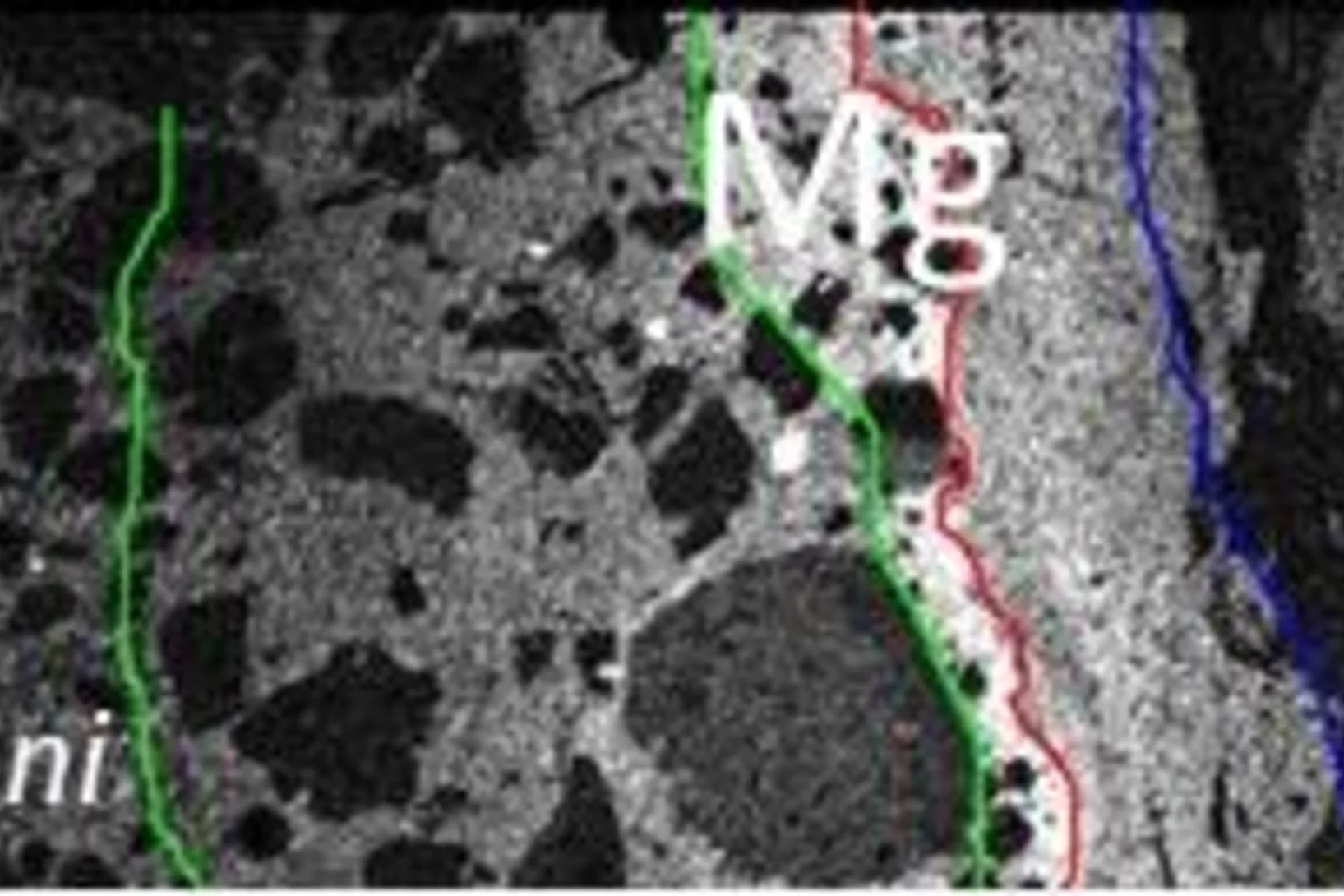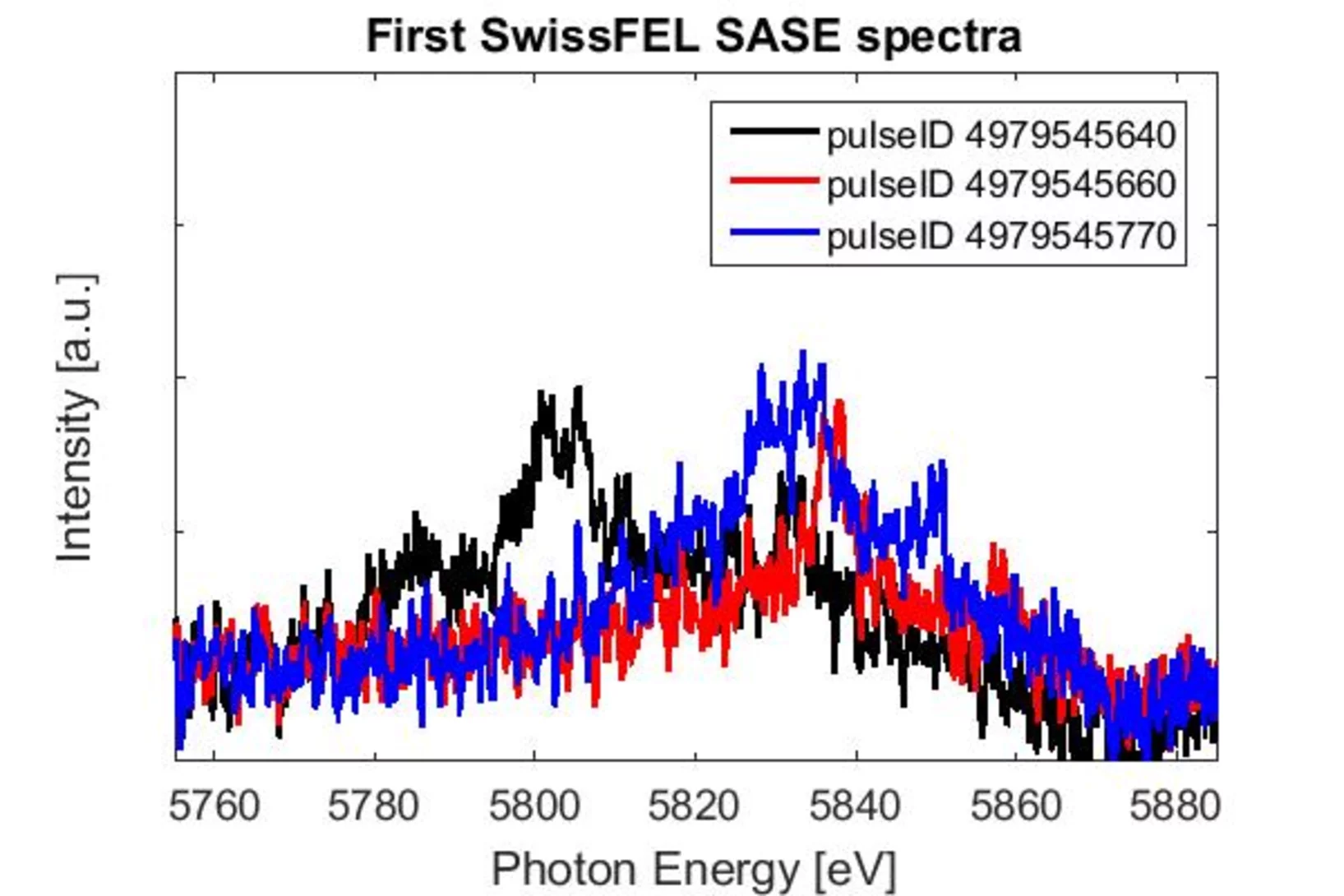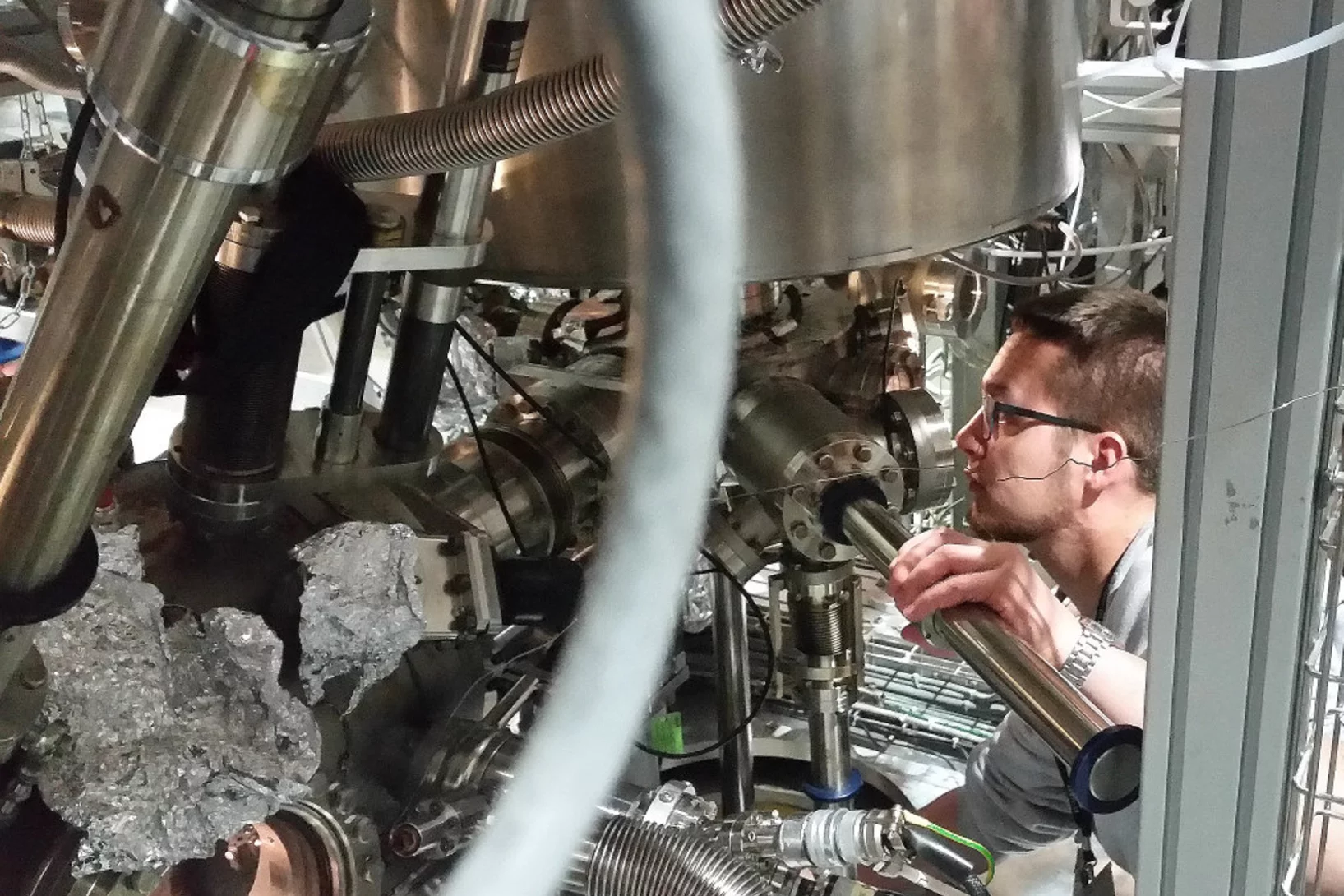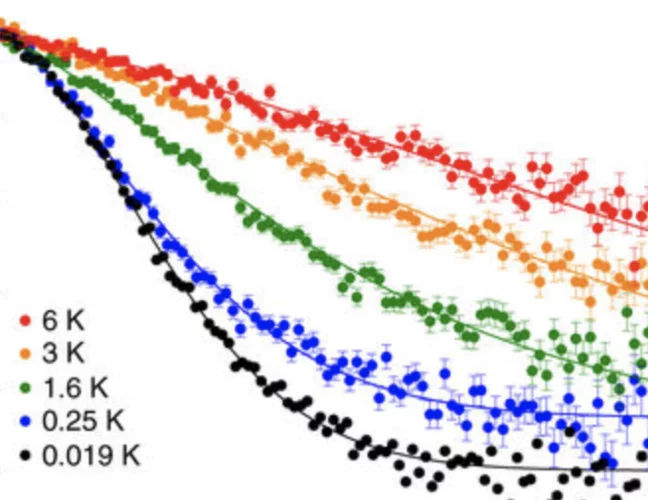Abandon de l’énergie nucléaire, développement de l’énergie solaire et éolienne, production d’énergie à partir de la biomasse, réduction de la consommation d’énergie. D’ici 2050, la Suisse doit atteindre la neutralité climatique. Un objectif ambitieux, rendu plus urgent que jamais par une situation géopolitique de plus en plus difficile. Comment faire pour mettre en place ces prochaines années un approvisionnement énergétique durable et résistant pour la Suisse? Comment les énergies renouvelables peuvent-elles être utilisées de manière optimale? Quelles sont les nouvelles technologies les plus prometteuses? Au PSI, des chercheurs s’efforcent de trouver des réponses à ces questions décisives.
Global Sensitivity Analysis and Registration Strategy for Temperature Profiles of Reflood Experiment Simulations
Global sensitivity analysis (GSA) is routinely applied in engineering to determine the sensitivity of a simulation output to the input parameters. Typically, GSA methods require the code output to be a scalar. In the context of thermal-hydraulic system code, however, simulation outputs are often not scalar but time-dependent (e.g. temperature profile). How to perform GSA on these outputs?
Faire toute la lumière sur les biomolécules et certains processus ultra-rapides
Le 16 mai a été déclaré Journée internationale de la Lumière. Au PSI, l'exploitation de la lumière permet à la recherche de réaliser des progrès dans le domaine de la biologie et de la pharmacie. Elle sert aussi à développer de nouveaux matériaux pour le stockage de données et de nouvelles technologies médicales.
Creation and deletion of isolated magnetic skyrmions via electrical currents
The writing and deletion of magnetic Skyrmions is a fundamental step towards the fabrication of memory devices based on this promising spin configuration. Researchers at the Korea Institute of Technology have demonstrated the writing and deleting of isolated magnetic Skyrmions at room temperature in ferrimagnetic multilayer superlattice stacks using electrical currents.
Inauguration: technologie de pointe contre le cancer
La protonthérapie permet d'irradier certaines tumeurs de manière particulièrement précise, tout en ménageant de manière optimale les tissus sains environnants. En Suisse, ce type d'irradiation n'est possible qu'au PSI. Dans le cadre d'un projet commun avec l'Hôpital universitaire de Zurich et l'Université de Zurich, le PSI a élargi ses capacités avec une station de traitement ultramoderne de 270 tonnes: la nouvelle Gantry 3.
A new paper by Vitaly Sushkevich and Dennis Palagin is accepted to Angewandte Chemie
A new paper by Vitaly Sushkevich and Dennis Palagin is accepted to Angewandte ChemieNew issue of Angewandte Chemie is featuring a paper entitled "Effect of Active Sites Structure on Activity of Copper Mordenite in Aerobic and Anaerobic Conversion of Methane to Methanol" by Vitaly and Dennis.
A theory for the gapless field-induced quantum spin-liquid phase of α−RuCl3
The material α−RuCl3 continues to garner attention as the current poster child for realising the Kitaev model. New work places recent experimental observations on a solid theoretical footing, and concludes that the physics of α−RuCl3 is not dominated by Kitaev interactions.
Fresnel Zone Plates with Zone Widths below 10 nm
The spot size of a Fresnel Zone Plate lens is mainly determined by the zone widths of its outermost zone. It is therefore essential to fabricate zone plates with structures as small as possible for high-resolution X-ray microscopy. Researchers at the Laboratory for Micro- and Nanotechnology at the PSI have now developed Fresnel zone plates with zone widths well below 10 nm, down to 6.4 nm. These lenses are capable of pushing resolution in X-ray microscopy to the single-digit regime.
Topological quantum phase transition in the Ising-like antiferromagnetic spin chain BaCo2V2O8
Since the seminal ideas of Berezinskii, Kosterlitz and Thouless, topological excitations have been at the heart of our understanding of a whole novel class of phase transitions. In most cases, those transitions are controlled by a single type of topological objects. There are, however, some situations, still poorly understood, where two dual topological excitations fight to control the phase diagram and the transition.
Observation of two types of fractional excitation in the Kitaev honeycomb magnet
Quantum spin liquid is a disordered but highly entangled magnetic state with fractional spin excitations. The ground state of an exactly solved Kitaev honeycomb model is perhaps its clearest example. Under a magnetic field, a spin flip in this model fractionalizes into two types of anyon, a quasiparticle with more complex exchange statistics than standard fermions or bosons: a pair of gauge fluxes and a Majorana fermion.
Searching for New Physics with b → sτ+τ-
In recent years, intriguing hints for the violation of lepton flavor universality (LFU) have been accumulated in semileptonic B decays, both in the charged-current transitions b → cl-ν-l (i.e., RD, RD∗, and RJ/Ψ and the neutral-current transitions b → sl+l- (i.e., RK and RK∗.
Spin ice goes quantum
Numerous intriguing behaviours have been observed already in magnetic materials known as spin ices. But now for the first time direct manifestations of quantum mechanical effects have been seen in such a system.
Dirac and Chiral Quantum Spin Liquids on the Honeycomb Lattice in a Magnetic Field
Motivated by recent experimental observations in α-RuCl3, we study the Κ-Γ model on the honeycomb lattice in an external magnetic field. By a slave-particle representation and variational Monte Carlo calculations, we reproduce the phase transition from zigzag magnetic order to a field-induced disordered phase. The nature of this state depends crucially on the field orientation.
Experimental signatures of emergent quantum electrodynamics in Pr2Hf2O7
In a quantum spin liquid, the magnetic moments of the constituent electron spins evade classical long-range order to form an exotic state that is quantum entangled and coherent over macroscopic length scales. Such phases offer promising perspectives for device applications in quantum information technologies, and their study can reveal new physics in quantum matter.
Structure and Interaction of Nanoparticle–Protein Complexes
The integration of nanoparticles with proteins is of high scientific interest due to the amazing potential displayed by their complexes, combining the nanoscale properties of nanoparticles with the specific architectures and functions of the protein molecules.
Quantitative 3D determination of self-assembled structures on nanoparticles using small angle neutron scattering
The ligand shell (LS) determines a number of nanoparticles’ properties. Nanoparticles’ cores can be accurately characterized; yet the structure of the LS, when composed of mixture of molecules, can be described only qualitatively (e.g., patchy, Janus, and random).
A first glance at the SwissFEL x-rays wave-front
X-ray Free Electron Lasers (XFELs) combine the properties of synchrotron radiation (short wavelengths) and laser radiation (high lateral coherence, ultrashort pulse durations). These outstanding machines allow to study ultra-fast phenomena at an atomic level with unprecedented temporal resolution for answering the most intriguing open questions in biology, chemistry and physics.
No-Go Theorem for Nonstandard Explanations of the τ → KSπντ CP Asymmetry
The CP asymmetry in τ → KSπντ, as measured by the BABAR collaboration, differs from the standard model prediction by 2.8 σ. Most nonstandard interactions do not allow for the required strong phase needed to produce a nonvanishing CP asymmetry, leaving only new tensor interactions as a possible mechanism.
Magnetic Field Control of Cycloidal Domains and Electric Polarization in Multiferroic BiFeO3
The magnetic field induced rearrangement of the cycloidal spin structure in ferroelectric monodomain single crystals of the room-temperature multiferroic BiFeO3 is studied using small-angle neutron scattering. The cycloid propagation vectors are observed to rotate when magnetic fields applied perpendicular to the rhombohedral (polar) axis exceed a pinning threshold value of ∼5T.
HERCULES School Poster Prize
Klaus Wakonig was awarded the best poster prize in the 2018 rendition of the HERCULES European School in Grenoble, France. Klaus is currently a PhD student at the CXS group at PSI, developing X-ray Fourier ptychography.
Active Sites of supported bimetallic nano-Catalysts
Dynamic Structural Changes of Active Sites in Pt–Ni Bimetallic Catalysts Revealed by a Multimodal Approach
Outstanding high gradient performances of two test structures produced at PSI for the CLIC project
X-band (12 GHz) radio-frequency (RF) accelerating structures are under consideration for future free electron lasers, medical linacs and linear colliders. Two such structures, built by PSI in the framework of a CERN/PSI collaboration, are currently being tested at high power at CERN.
Dipolar Spin Ice States with a Fast Monopole Hopping Rate in CdEr2X4 (X = Se, S)
Excitations in a spin ice behave as magnetic monopoles, and their population and mobility control the dynamics of a spin ice at low temperature. CdEr2Se4 is reported to have the Pauling entropy characteristic of a spin ice, but its dynamics are three orders of magnitude faster than the canonical spin ice Dy2Ti2O7.
Meeting on Mu3e detector integration in Wengen
We spent four days in Wengen, Switzerland going over the details of the Mu3e detector integration and discussing the procedures for producing the sub-detectors. Safety, powering, cooling, electronics and readout were also among the topics.
Zachary Hodge successfully defends his PhD thesis on the Mu3e beam line design and monitoring
Zachary Hodge made extensive simulations for the Mu3e muon beam line at PSI, including some upgrade of the muon target E at PSI, which is supposed to improve the muon beam rate significantly. He co-developed a monitoring scheme using a scintillating target and a CCD camera for beam characterization and monitoring.
LEAPS join forces with the European Commission to strengthen Europe’s leading role in science
“A world where European science is a catalyst for solving global challenges, a key driver for competitiveness and a compelling force for closer integration and peace through scientific collaboration.” This is the vision of LEAPS, League of European Accelerator-based Photon Sources, on which the LEAPS Strategy 2030 is based. Director Jean-David Malo, DG Research and Innovation, received the strategy today at the Bulgarian Presidency Flagship Conference on Research Infrastructures.
When man-made stones meet natural rocks – Shedding light on Mg-rich phases appearing at the interface between concrete and clay
Claystones and cement-based materials are key materials for safe disposal of radioactive waste in deep geological repositories. In Switzerland, Opalinus Clay, was selected as geological host material. At the Mont Terri rock laboratory the alteration of cement in contact with the natural clay is studied in a several years lasting experiment. The formation of different magnesium containing phases at the interface was studied using X-ray absorption micro-spectroscopy at the PHOENIX beamline of the Swiss Light Source (SLS).
First Single-Shot SASE spectra of SwissFEL successfully measured
The team of the Laboratory for Advanced Photonics (LAP) has succeeded to perform the first set of shot-to-shot measurements of the SwissFEL generated spectrum.
HERCULES at the Swiss Light Source
In the week of March 18-23 PSI welcomes 20 PhD students and postdocs taking part in the HERCULES 2018 school on Neutron and Synchrotron Radiation. They will attend lectures and perform two days of practical courses at several beam lines of the Swiss Light Source.
1st Zurich IDCN Career Forum
The International Dual Career Network (IDCN) is a non-profit organization formed through the collaboration of academic institutions, companies and NGOs with the purpose of facilitating the job search for mobile employees’ partners, and providing member companies access to a turnkey pool of talent. Since 2017, PSI is a corporate member of IDCN (Zurich Chapter).
Spin-liquid-like state in a spin-1/2 square-lattice antiferromagnet perovskite induced by d10 – d0 cation mixing
A quantum spin liquid state has long been predicted to arise in spin-1/2 Heisenberg square-lattice antiferromagnets at the boundary region between Néel (nearest-neighbor interaction dominates) and columnar (next-nearest-neighbor interaction dominates) antiferromagnetic order. However, there are no known compounds in this region. Here we use d10 – d0 cation mixing to tune the magnetic interactions on the square lattice while simultaneously introducing disorder.


